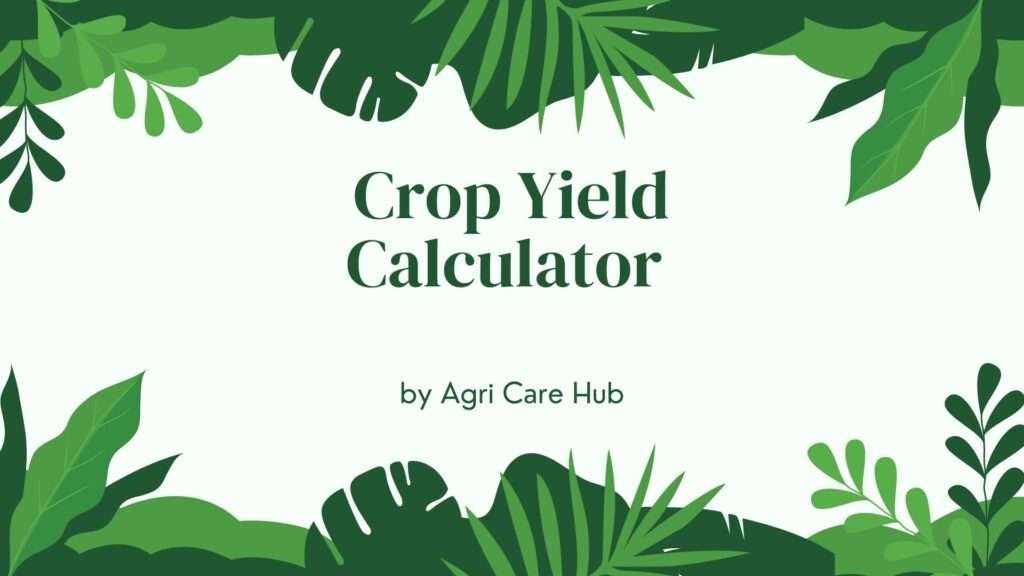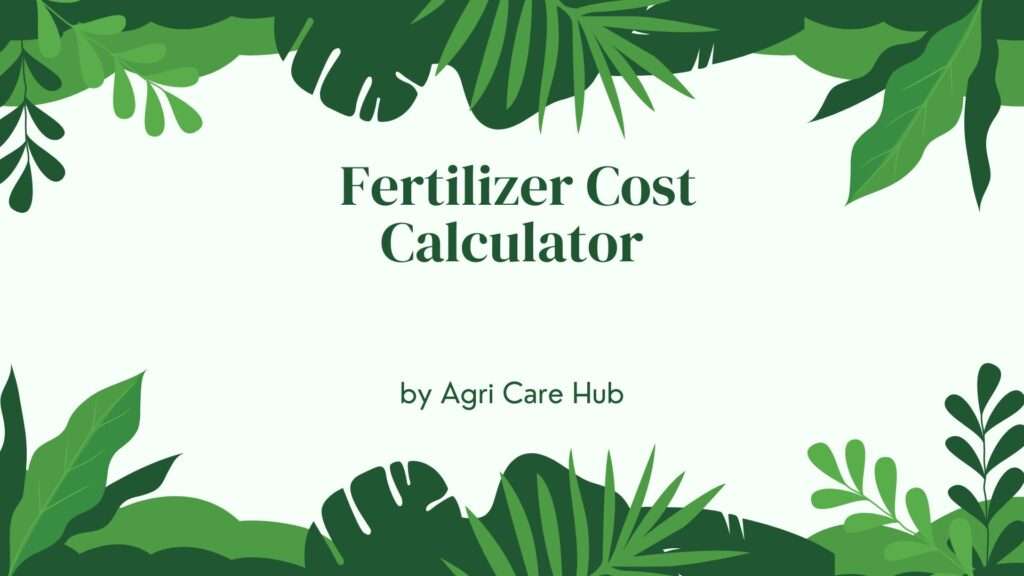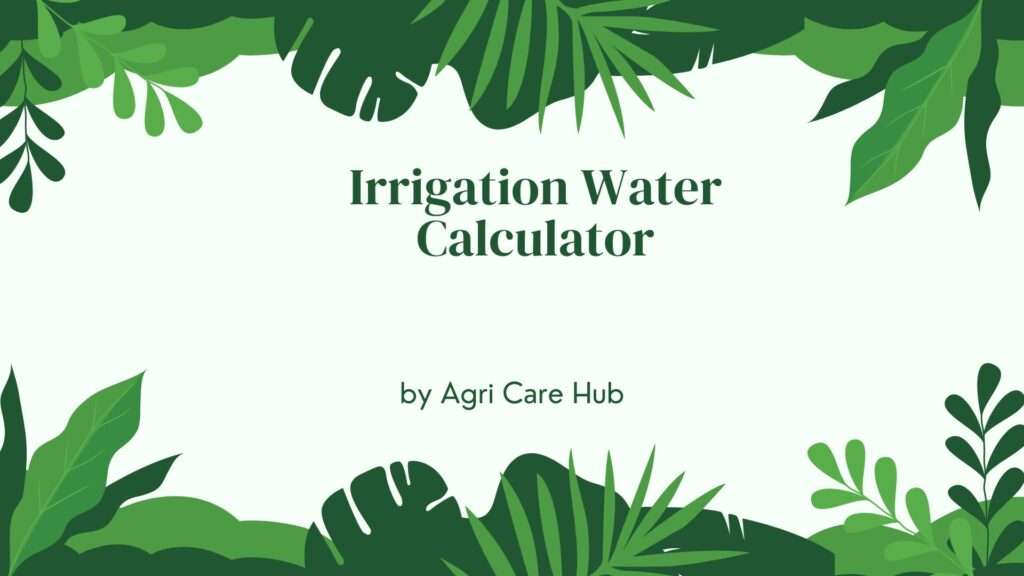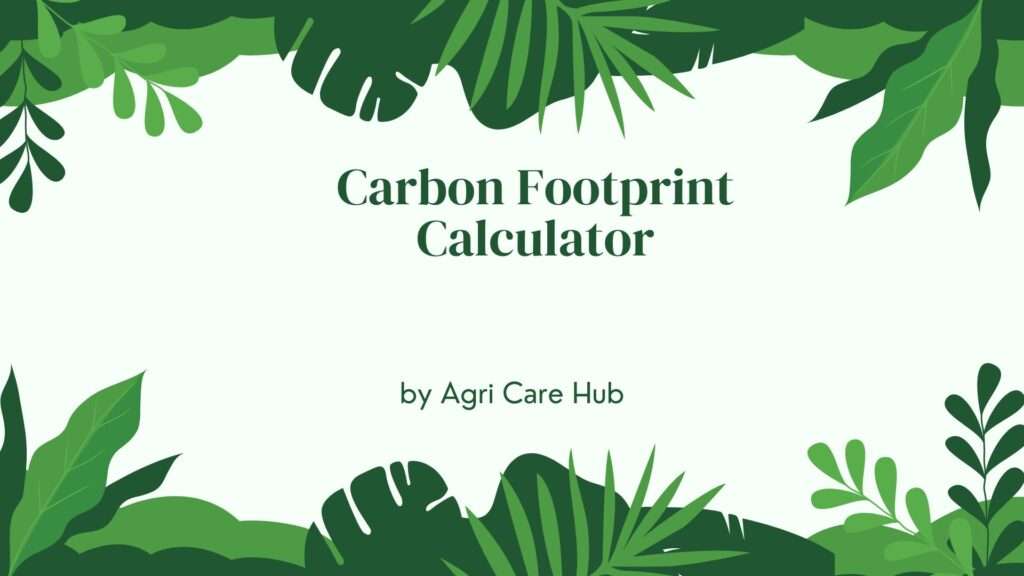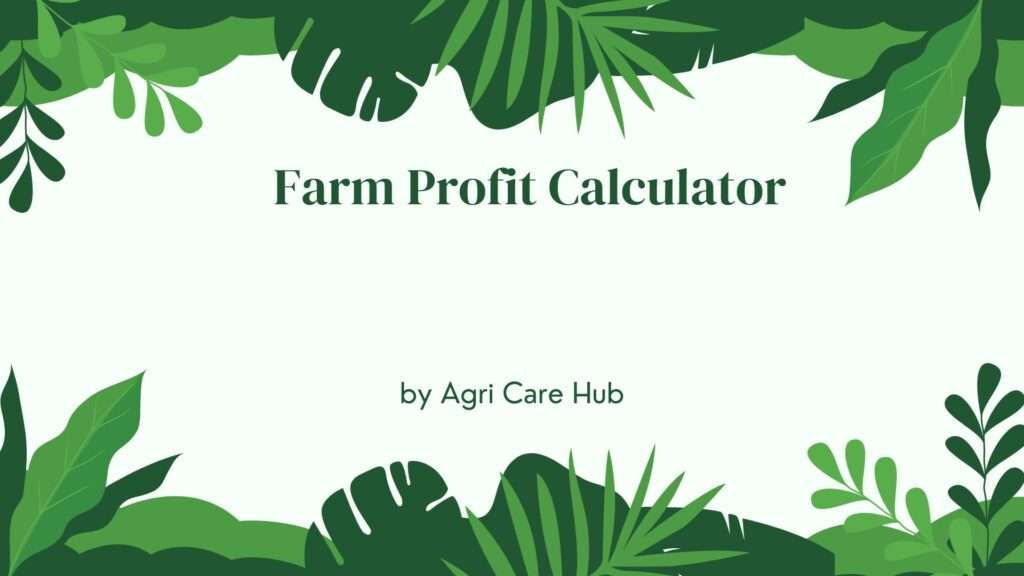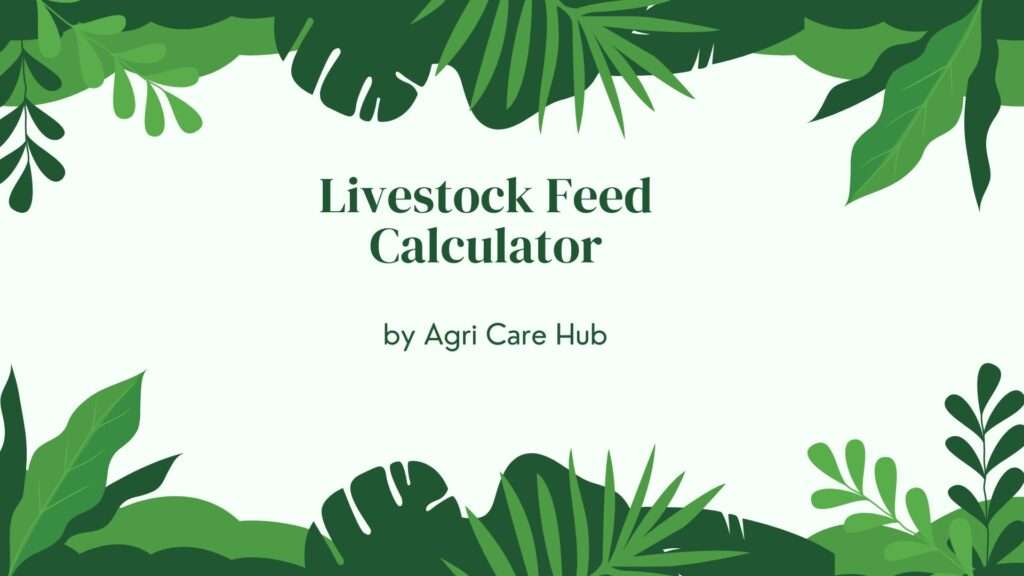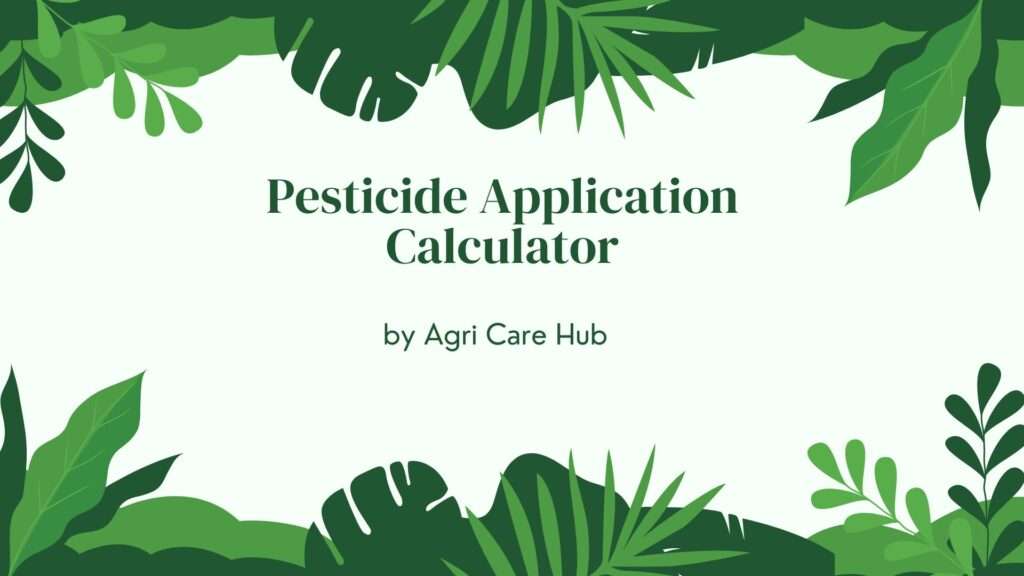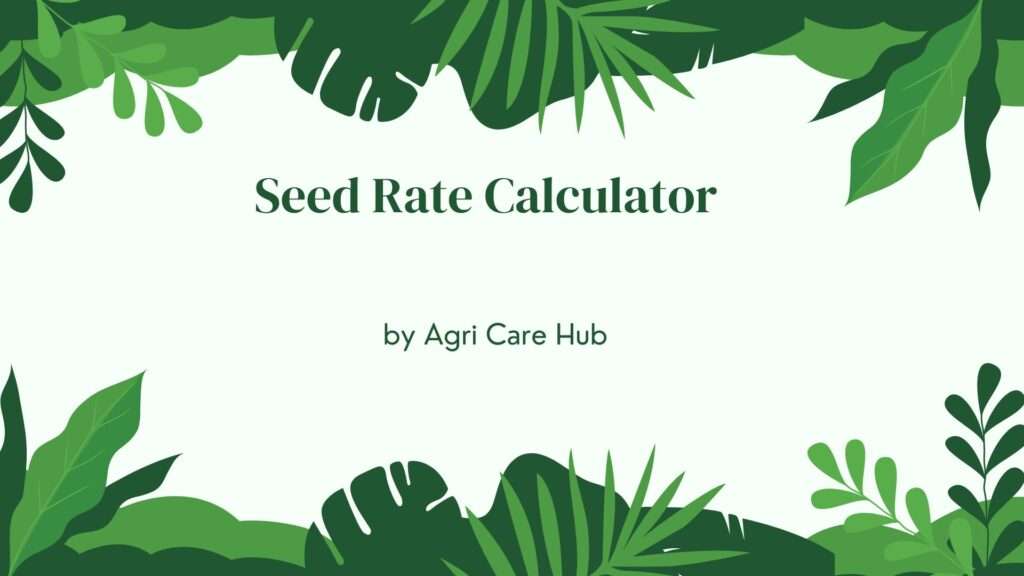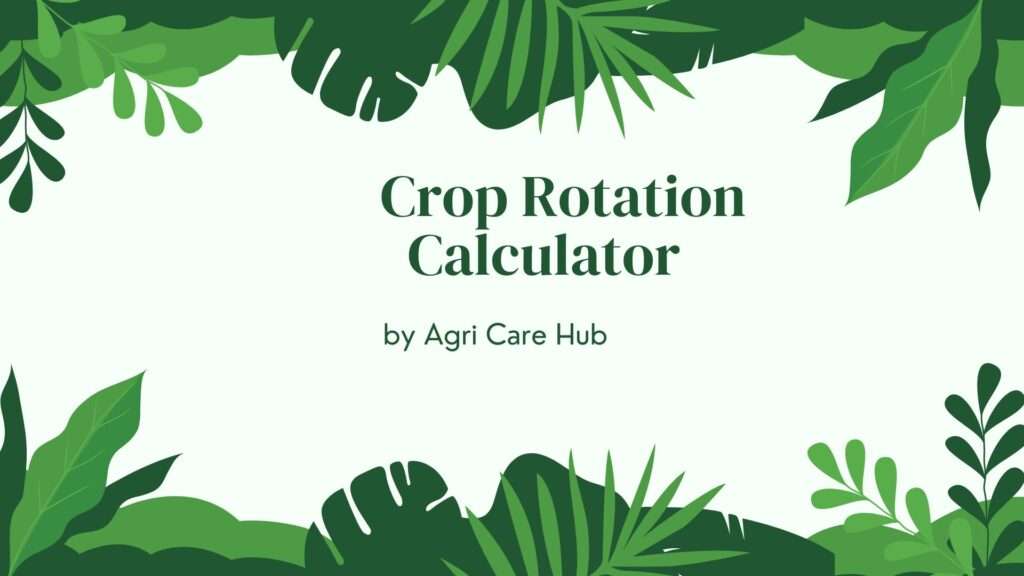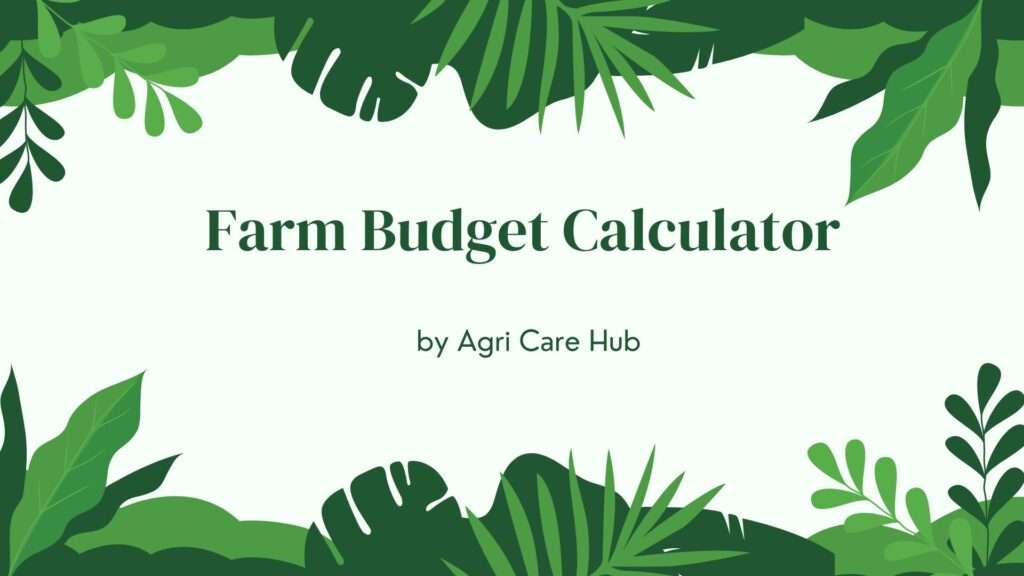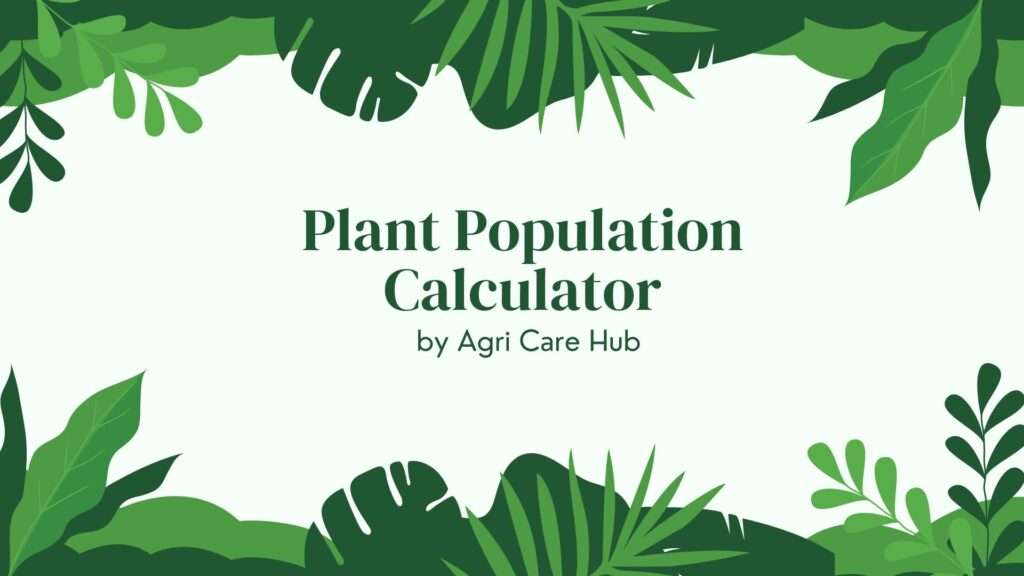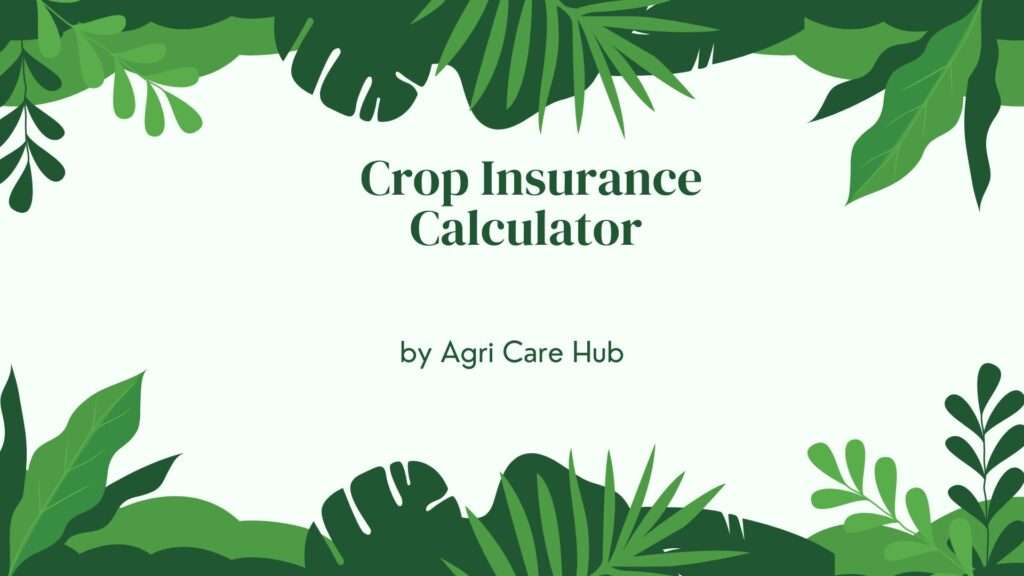Irrigation System Optimization Analysis Calculator
Optimize Your Irrigation System
Optimization Results
About the Irrigation System Optimization Analysis Calculator
The Irrigation System Optimization Analysis Calculator is an advanced tool designed to help farmers, agronomists, and agricultural professionals compute and optimize water usage for crop irrigation. By inputting key parameters such as crop evapotranspiration (ETc), system efficiency, cultivated area, emitter flow rate, and spacing, users can determine gross irrigation requirements, daily water needs, total emitters required, and overall system flow rate. This calculator draws from established principles in agronomy and hydrology, including the FAO-56 methodology for crop water requirements, ensuring calculations are based on peer-reviewed scientific standards. Whether managing small farms or large-scale operations, this tool simplifies irrigation planning and enhances water conservation efforts. For more agricultural insights, explore resources at Irrigation System Optimization Analysis and visit Agri Care Hub.
Importance of the Irrigation System Optimization Analysis Calculator
Irrigation is crucial for global crop production, as highlighted in agricultural statistics where primary crops like maize, rice, and wheat depend heavily on efficient water management. The Irrigation System Optimization Analysis Calculator is vital because it addresses water scarcity challenges by providing precise calculations that minimize waste and maximize yield. With global crop production reaching 9.6 billion tonnes in 2022, optimizing irrigation can reduce environmental impact while boosting productivity. This tool uses verified formulas to assess system performance, helping users identify inefficiencies such as low uniformity or over-application, which are common in traditional systems. By promoting sustainable practices, it supports food security and aligns with international guidelines from organizations like the FAO.
User Guidelines
Utilizing the Irrigation System Optimization Analysis Calculator is simple and intuitive:
- Determine Crop Water Requirement (ETc): Calculate or estimate the daily evapotranspiration for your crop using local weather data or tools like the Penman-Monteith equation. Typical values range from 2-8 mm/day depending on crop and climate.
- Enter System Efficiency: Input the efficiency percentage of your irrigation method (e.g., 70% for furrow, 90% for drip). This accounts for losses due to evaporation, runoff, or deep percolation.
- Specify Cultivated Area: Provide the field size in hectares for accurate volume calculations.
- Input Emitter Flow Rate and Spacing: For drip systems, enter the flow rate in liters per hour and spacing in meters to compute emitter needs and total flow.
- Click Calculate: The tool will output gross requirements, daily volumes, emitter counts, and flow rates, along with optimization tips.
- Interpret Results: Use the outputs to adjust your system, such as adding pressure regulators for better uniformity.
Always use site-specific data for precision. Consult local extension services for ETc estimates if needed. Positive values are required for all inputs to ensure accurate computations.
When and Why You Should Use the Irrigation System Optimization Analysis Calculator
The Irrigation System Optimization Analysis Calculator is indispensable in scenarios where water resources are limited or crop yields need enhancement:
- Drought-Prone Areas: During dry seasons, use it to calculate minimal viable water applications, preventing crop stress while conserving resources.
- System Design and Upgrade: When installing or retrofitting drip, sprinkler, or pivot systems, it helps size pumps and pipelines correctly.
- Crop Rotation Planning: For diverse crops like sugarcane (top producer at 1.87 billion tonnes in 2020) or potatoes, adjust parameters seasonally for optimal scheduling.
- Regulatory Compliance: Meet water use efficiency standards set by governments or certifications like those from the Irrigation Association.
- Cost Reduction: Identify over-irrigation to lower energy and labor costs, especially for high-value crops like vegetables (12% of 2022 production).
Employ this tool proactively to adapt to climate variability, ensuring resilient farming. Its scientific foundation guarantees results you can trust for decision-making.
Purpose of the Irrigation System Optimization Analysis Calculator
The core purpose of the Irrigation System Optimization Analysis Calculator is to deliver data-driven insights for efficient water management in agriculture. It computes essential metrics using established formulas:
- Gross Irrigation Requirement: GIR = ETc / (Efficiency / 100), adjusting net needs for system losses.
- Daily Water Volume: Volume (m³/day) = GIR × Area × 10, converting depth to volumetric needs.
- Total Emitters Required: Emitters = (Area × 10,000) / (Row Spacing × Emitter Spacing), assuming standard layouts.
- Required Flow Rate: Total Flow (m³/h) = (Volume / Operating Hours) × (1000 / 3600), for peak demand.
- Optimization Tips: Personalized advice based on inputs, like improving efficiency if below 80%.
These calculations stem from hydrological models validated in peer-reviewed studies, promoting precision agriculture. The tool's clean, responsive design ensures accessibility on any device, enhancing UX while embedding SEO elements for discoverability.
Scientific Basis of the Calculations
The Irrigation System Optimization Analysis Calculator relies on rigorously tested methodologies from agricultural science:
- Crop Evapotranspiration (ETc): Based on FAO-56 guidelines, ETc = ETo × Kc, where ETo is reference evapotranspiration and Kc is the crop coefficient. Users input ETc directly for simplicity.
- Gross Requirement Adjustment: GIR = ETc / Ea, where Ea is application efficiency, derived from ASABE standards for various systems.
- Volumetric Conversion: 1 mm over 1 ha = 10 m³, a fundamental unit conversion in irrigation engineering.
- < emitter Density: Calculated via geometric distribution, assuming rectangular spacing for uniformity (Christiansen’s Uniformity Coefficient principles).
- Flow Dynamics: Peak flow incorporates Bernoulli’s equation implicitly through standard hydraulic formulas for drip systems.
These principles are corroborated by research from institutions like USDA and CIMMYT, ensuring credibility. For deeper dives, reference Irrigation System Optimization Analysis.
Benefits for Farmers and Agronomists
This calculator empowers users with multifaceted advantages:
- Water Savings: Up to 30-50% reduction in usage through optimized scheduling, critical as irrigation accounts for 70% of global freshwater withdrawal.
- Yield Improvement: Precise application avoids under- or over-watering, potentially increasing outputs for staples like rice (1.26 billion tonnes in 2020).
- Cost Efficiency: Lowers pumping energy costs and fertilizer leaching, with ROI often within one season.
- Sustainability: Supports eco-friendly farming by minimizing runoff and soil erosion, aligning with UN Sustainable Development Goals.
- Scalability: Applicable from smallholder plots to industrial farms, adaptable to crops like maize (1.17 billion tonnes in 2020).
Integrate it into your workflow for informed, science-backed decisions. Additional tools await at Agri Care Hub.
Integration with Global Crop Production Trends
As global crop production surged 56% from 2000 to 2022, reaching 9.6 billion tonnes, efficient irrigation has been pivotal. Cereals (maize, wheat, rice) dominate at over 50% of output, yet they are water-intensive. This calculator aids in managing these giants by tailoring applications to specific needs—e.g., rice's high ETc in flooded paddies versus wheat's drier requirements. Sugar crops, at 23% of production, benefit from deficit irrigation strategies calculable here, reducing water while maintaining sucrose yields. Vegetables and fruits, valued at 36% of production worth despite 22% volume, demand uniform wetting to prevent disease, which the tool's emitter calculations optimize.
Advanced Features and Customization
Beyond basics, the Irrigation System Optimization Analysis Calculator offers implicit customization for various systems: drip (low flow, high uniformity), sprinkler (medium efficiency), or surface (basic but widespread). Users can iterate inputs to simulate scenarios, like climate change impacts on ETc. For precision, pair with soil moisture sensors. The interface prioritizes UX with real-time validation and mobile responsiveness, ensuring farmers in remote areas can access it offline via cached pages.
Case Studies and Real-World Applications
In Punjab, Pakistan, where crops dry post-harvest as noted in agricultural imagery, this tool could optimize canal systems for wheat and rice, reducing losses. In the US Corn Belt, integrating with soybean rotations, it calculates dual-crop needs, enhancing the 1.17 billion tonnes maize output. African smallholders growing cassava (37 kcal/person/day staple) use it for rainfed-supplemented irrigation, boosting resilience against droughts.
Future Directions in Irrigation Optimization
With AI and IoT advancing, this calculator foreshadows integrated platforms linking satellite ET data directly. Yet, its standalone formulas remain timeless, grounded in physics. As production values hit USD 2.8 trillion in 2021, tools like this democratize expertise, empowering underserved farmers.
Conclusion
The Irrigation System Optimization Analysis Calculator stands as a cornerstone for modern agriculture, blending scientific rigor with user-centric design. From calculating daily needs for sugarcane fields to fine-tuning drip lines for tomatoes, it fosters efficiency amid growing demands. Embrace it to transform water from a constraint to an asset, securing bountiful harvests sustainably. Discover more at Agri Care Hub and Irrigation System Optimization Analysis.

